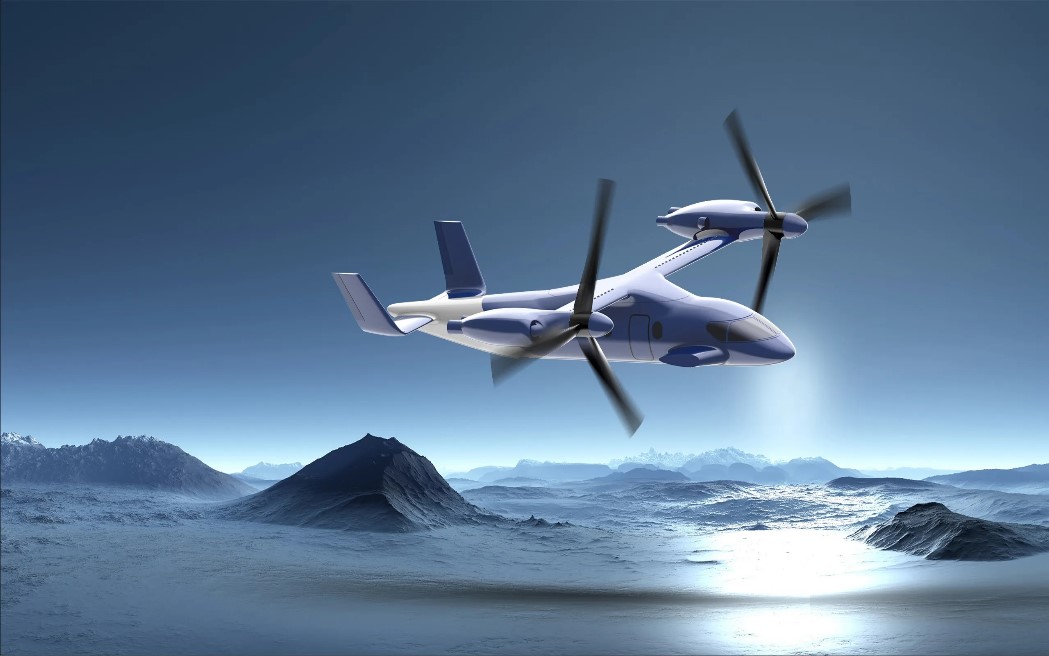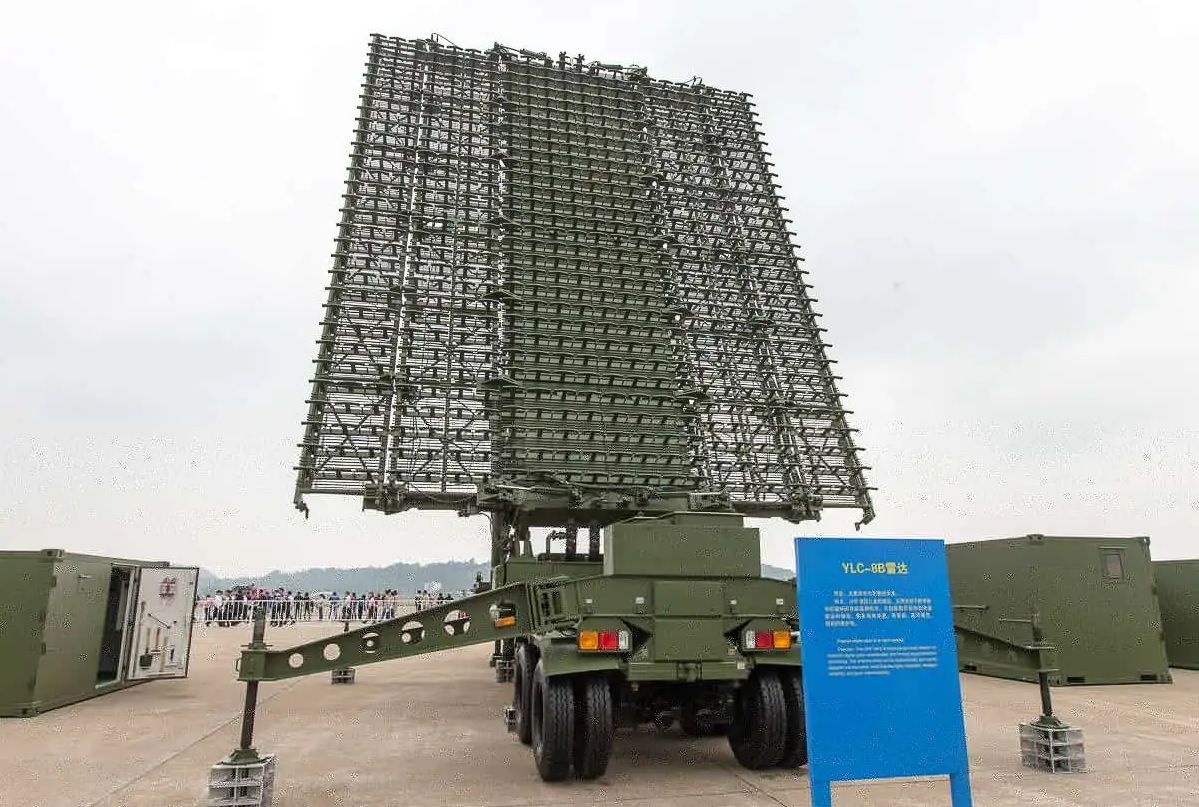China Unveils Osprey-Like VTOL Drone: Lanying R6000, Capable of 2-Ton Payload and 4,000km Range

China’s growing advancements in drone technology took a significant leap forward this week with the unveiling of the Lanying R6000, a tiltrotor drone boasting vertical takeoff and landing (VTOL) capabilities similar to the American V-22 Osprey. Manufactured by the United Aircraft Corporation, this cutting-edge UAV can carry up to 2 tons (4,400 pounds) of payload while cruising at an impressive maximum speed of 340 miles per hour (547 kilometers per hour).
A New Era of Chinese UAV Capability
The Lanying R6000 is being hailed as a potential game-changer in China’s UAV fleet. Weighing around 6 tons, this drone can operate both manned and unmanned, with a passenger capacity of up to 10 people. Its operational range stands at a staggering 4,000 kilometers (2,500 miles), making it suitable for long-distance missions. Additionally, it can soar at an altitude of 25,000 feet (approximately 4.73 miles), giving it a level of flexibility and endurance not seen in many conventional UAVs.
The tiltrotor drone’s design allows it to take off and land vertically, like a helicopter, while also being able to fly at higher speeds, a hallmark of its tiltrotor architecture. This dual capability has drawn direct comparisons to the U.S. military’s V-22 Osprey, which also combines vertical lift with the high-speed performance of fixed-wing aircraft. However, the Lanying R6000, while impressive, has a much smaller cargo capacity than the Osprey. The American model can transport up to 10,000 pounds (4,535 kilograms) of cargo or 24 passengers, whereas the Lanying is limited to 2 tons of payload.
Technical Achievements and Challenges
The Lanying R6000 was first introduced in concept at the Singapore Airshow earlier this year, but the real excitement is now building as it approaches its formal debut at the 2024 Zhuhai Air Show next month. The drone’s recent rollout at a facility in southeastern China marked a significant milestone in its development.
The technical prowess required to develop such a sophisticated tiltrotor drone is no small feat. Local reports have emphasized the complexity involved in assembling the Lanying R6000, citing its low error tolerance during production. The precision required in building a tiltrotor aircraft capable of both VTOL and high-speed flight introduces significant challenges, especially in maintaining its stability and performance under varying conditions.
Versatility Across Missions
What makes the Lanying R6000 particularly intriguing is its potential application in various fields. Its ability to carry heavy payloads across long distances with vertical takeoff and landing opens the door to numerous military and civilian uses. Analysts predict the drone could be instrumental in logistics, delivering essential supplies to remote areas or battlefields. Its high altitude and speed also make it a prime candidate for intelligence, surveillance, and reconnaissance (ISR) missions.
The Lanying R6000 is also well-suited for search and rescue operations. The platform’s combination of speed, altitude, and payload capacity could enable it to reach disaster-stricken areas quickly and deliver necessary supplies or even rescue personnel in emergency situations.
What Lies Ahead
With its official prototype debut just around the corner at the Zhuhai Air Show, the Lanying R6000 is poised to attract significant attention both within China and from the global aerospace community. It represents not just a technological achievement but also a strategic step for China as it expands its drone capabilities. The ability to build a tiltrotor UAV with these capabilities is a testament to China’s growing ambitions in the unmanned aerial space.
While it still lacks the full capacity of its American counterpart, the Bell Boeing V-22 Osprey, the Lanying R6000 showcases China’s intent to innovate and compete on the global stage. As it transitions from concept to fully operational, this drone could redefine the role of UAVs in both military and civilian applications, particularly in regions where challenging terrain or limited infrastructure makes conventional aircraft less effective.
As we wait for its debut, one thing is certain: the Lanying R6000 is a bold step forward in China’s drone development efforts and could play a critical role in future operations.



